Features and methods of processing strawberries in the fall
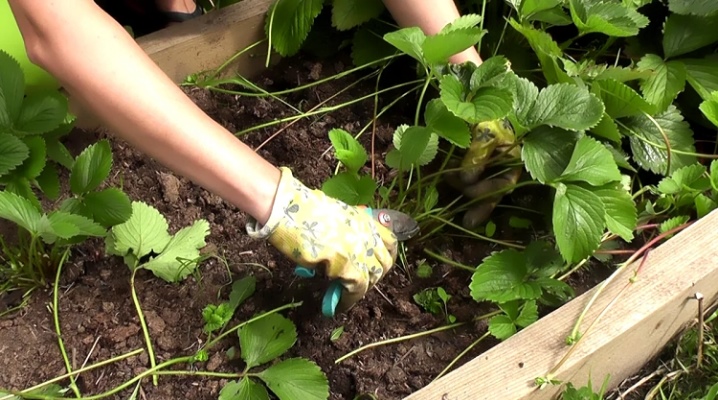
Strawberries are one of the favorite berries of children and adults. The sweet and juicy fruit will appeal to everyone both fresh and as jam or preserves, and therefore the popularity of this culture is consistently high.
To grow strawberries on your own, you need to choose a suitable place for planting, take care of the bushes in a timely manner and properly prepare them for wintering. The integrity and health of the crop, and hence the subsequent harvest of berries, depends on care in the autumn.
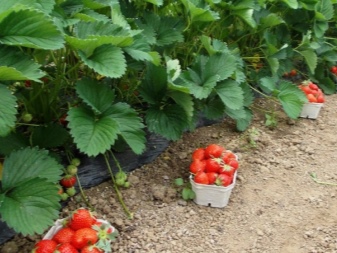
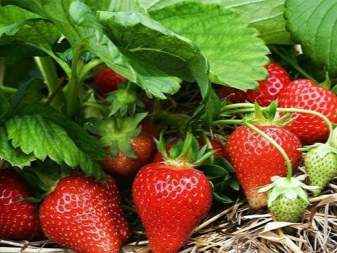
The need for a procedure
Strawberries, or garden strawberries, can be grown in the garden bed during the warm season and harvested from one to several crops throughout the summer. For plants to be healthy and strong, it is important to properly care for them during growth and fruiting, as well as to ensure that the crop is prepared for winter. Autumn work with bushes is to carry out activities such as:
- pruning bushes;
- feeding the culture;
- watering the area with strawberries;
- treatment against pests and diseases.
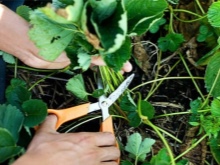
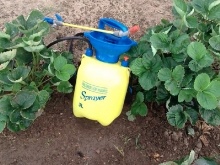
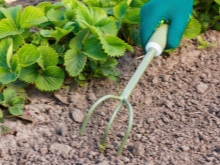
To get stable strawberry yields, it is important to ensure that all bushes are healthy, receive enough light, water and nutrients during the spring-summer period. As soon as the last crop has been harvested, you can prepare the garden for the winter. By trimming the top of the bushes, you can provide protection against pests and diseases that may have been on the leaves during the growth of the crop. Completely affected leaves are cut off, and the rest is shortened so that the height of the bush is at least 10 cm. After pruning, the garden must be cleaned to minimize the possibility of unwanted substances entering the soil near the plant.
When the bushes are cut off, fertilizers need to be applied in order to lay a supply of nutrients in the soil for the spring growth of the crop. Watering the soil continues until the very cold. For strawberries to grow well, it is important to keep the soil moist for as long as possible. After adding moisture, a mandatory procedure is to loosen the soil near the bush at a distance of 15 cm from the plant itself, so as not to catch the roots.
A very important component of care is the treatment of strawberries in the fall from diseases and pests. To protect the crop from potential problems in the spring, you need to spray the bushes in front of the shelter. Protection from pests that could lay their eggs on the plant, from fungal spores or other diseases will allow strawberries to grow actively with the onset of stable warm weather in spring. Without spraying with the right substances, it is difficult to grow healthy bushes and expect a high yield from them.
In order to properly process the plants, it is important to know what can be used in the autumn, what preparations are needed to combat certain problems.
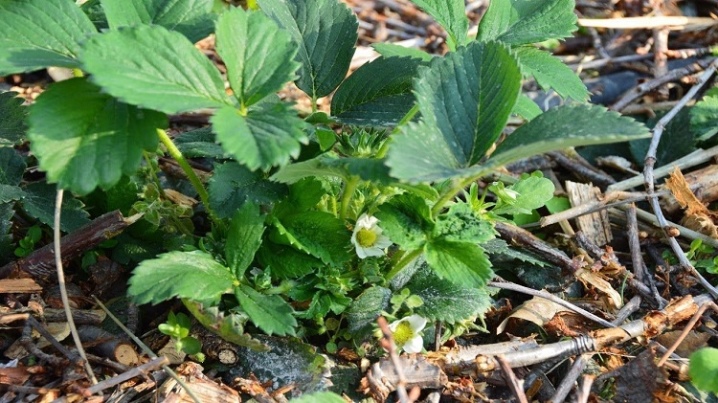
Timing
The process of processing strawberries in the fall from diseases and pests can take place at different times. Spraying times depend on the climate in which the crop grows and the varieties of the plant itself. For remontant species that can bear fruit in September and October, the site is harvested and processed after harvest, in mid or late October. If the strawberry is simple and grows in a region with an average climate, where the weather does not have very sharp changes in the direction of the cold, processing can be carried out in September.
In the southern regions, where the temperature is high enough throughout September, strawberry bushes are harvested in October. In the northern regions, where it gets colder in August and early September, it is recommended to remove the site and spray the bushes in the second half of August or early September.
If you do not prepare the crop on time, cold temperatures can adversely affect the strawberries, the leaves will freeze and part of the plant will die. Timely and correct work on the care of the bushes will allow you to get healthy plants and a good harvest for them.

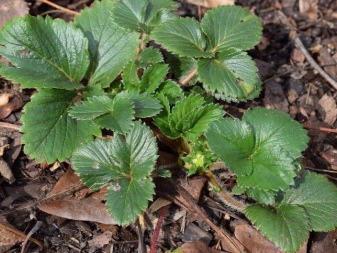
How to treat diseases?
Any garden crop is susceptible to attacks by pathogens that actively develop on the plant, affect vital areas and lead to death. To protect plantings, summer residents use special compounds that can prevent the appearance or get rid of diseases that have already appeared. By choosing the right drug, you can help strawberries in the shortest possible time, protect them and allow them to grow and develop in conditions that are comfortable for culture.
The most dangerous and common diseases that affect strawberries are:
- gray rot;
- black and red root rot;
- verticillary wilting;
- late blight;
- powdery mildew;
- white and brown spotting.
It is much easier to prevent the problem than to treat the plant, because summer residents recommend using complex preparations for the highest efficiency.
- "Topaz" - copes with the defeat of the culture with powdery mildew, white and brown spot, this substance should be used at the first symptoms of the disease.
- "Nitrafen" - effective for combating fungal spores that are located on the plant itself and on the soil around it.
- "Bayleton" - shows good results in the fight against powdery mildew and spotting.
- Teldor - it is used for the defeat of strawberries with gray and black rot.
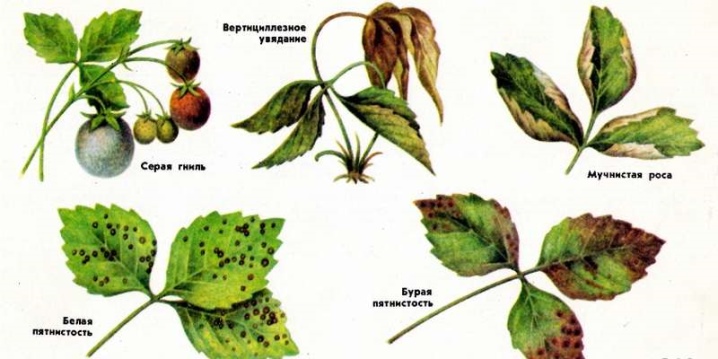
In addition to purchased finished products, you can use other substances:
- Bordeaux liquid can fight the appearance of spotting;
- strawberries are treated with copper sulfate, protecting against all diseases; it is a universal preparation that works well during autumn processing;
- iron sulfate is sprayed on strawberry bushes suffering from iron deficiency;
- "Karbofos" should be used to protect against greening of strawberry petals to protect bushes from damage.
If there is a need to carry out enhanced processing of strawberry bushes before wintering, you can use a tank mixture. The composition of such a solution may include various insecticides and substances that can protect the crop from diseases and pests. When mixing components, it is important to know the shelf life and compatibility of the substances in order to achieve the desired result. It is not recommended to make a solution of more than three substances. A composition in which there are two drugs for protection and one for a growth stimulant is showing itself well.
To get good yields, it is worth planting high-quality strawberry varieties:
- Victoria;
- Queen Elizabeth;
- "Gigantella";
- "Mashenka" and others.
There are early, medium, late, large and remontant varieties. To feast on strawberries for most of the summer, it is worth planting different crop options so that they ripen at different times.
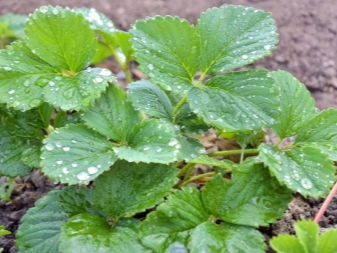
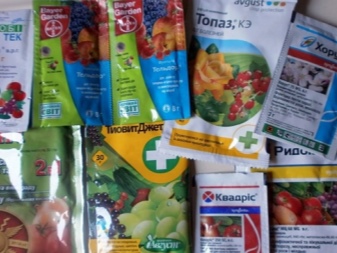
Gray rot
When strawberries are sick with gray rot, a gray bloom begins to appear on the berries, which spoils the fruit and destroys the plant. To cope with the problem, you can use drugs:
- Horus;
- Fitosporin;
- Alirin-B.
It is recommended to spray strawberries with these preparations in the fall, when the air temperature approaches zero. Alirin-B can be used twice a season, before the fruits ripen and after the last harvest. "Fitosporin" is used only in autumn, when the culture is being prepared for wintering. The instructions for the drugs are on the packaging.
In addition to chemicals, you can fight gray rot with Bordeaux liquid and wood ash. A solution is made from the first substance using 1 tsp. per liter of water, ash is scattered on the garden bed and sprinkled with soil on top.
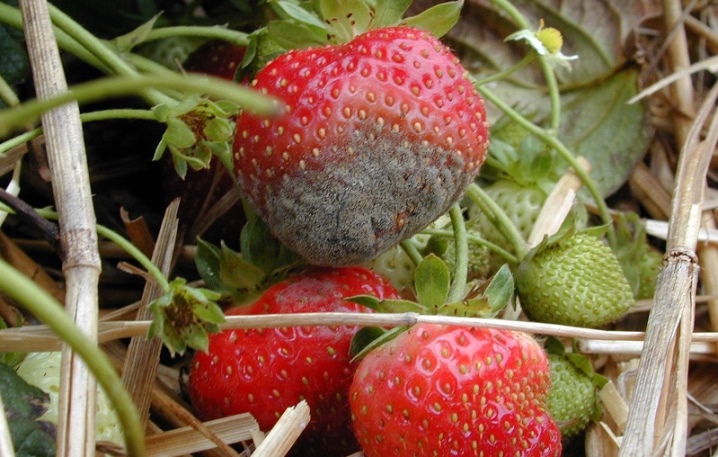
Powdery mildew
When strawberries are affected by powdery mildew, the leaves are covered with a white bloom, similar to a cobweb. Fruits are also attacked with a whitish bloom and an unpleasant moldy odor. You can deal with the problem with the help of such drugs:
- Fundazol;
- "Topaz";
- "Sulfaride".
In addition, the use of copper sulfate and Bordeaux liquid will be effective. There is a dosage for each drug, which is indicated by the manufacturer on the package. For effective processing, 300 g of copper sulfate is enough, which dissolves in 10 liters of water. It will be optimal to use a 3% solution of Bordeaux liquid.
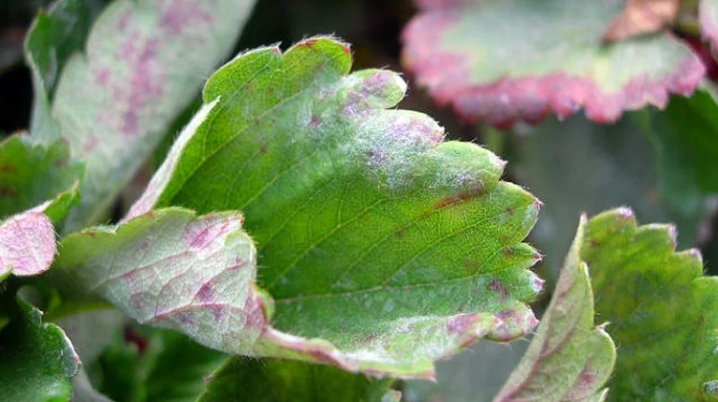
Spotting
Strawberries can be affected by several varieties of mottling: brown, brown, black and white. You can fight black spot with drugs:
- Ridomil Gold;
- "Quadris";
- Metaxil.
If the situation is serious, you should use 1% Bordeaux liquid. Processing is carried out twice with an interval of one week. The affected leaves are removed and burned. You can treat bushes from defeat with brown and white spots with the help of fungicides: copper sulfate or Bordeaux liquid. Processing is carried out during the entire active growth of the crop and in the process of preparing the bushes for winter.
Iodine will help fight the manifestations of brown spotting. With half a teaspoon diluted in a bucket of water, the bed is processed three times: in early spring, before flowering and in autumn, when the last crop was harvested.
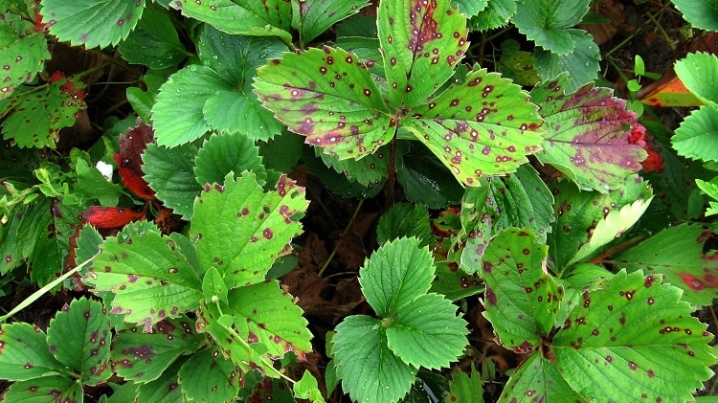
Phytophthora
When strawberries are affected by late blight, the leaves become covered with gray spots, and the fruits turn black and lose their taste. You can fight the disease with the help of the drug "Topaz". Dosage and application features are indicated by the manufacturer on the packaging.
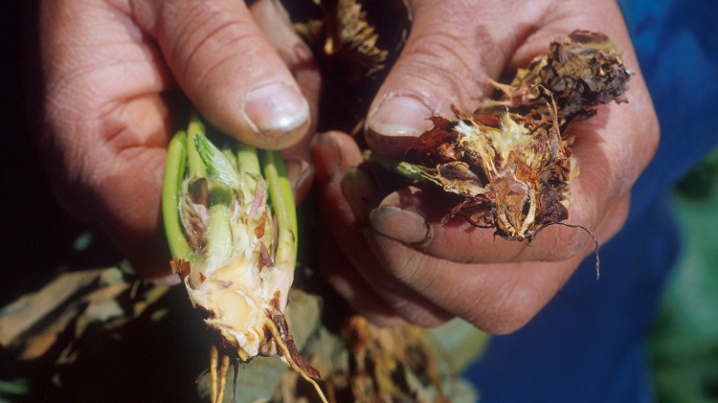
Black rot
When strawberries are damaged by black rot, the lower leaves begin to acquire a red tint and gradually die off. The disease also negatively affects the root structure of the bush, affecting young shoots, the plant stops developing. At the first signs of illness, you can use the drug "Ordan", spraying foliage and soil near the bushes. To protect the plants, you need to treat the bushes twice at weekly intervals. If the strawberry is heavily infested, the bushes are dug up and burned.
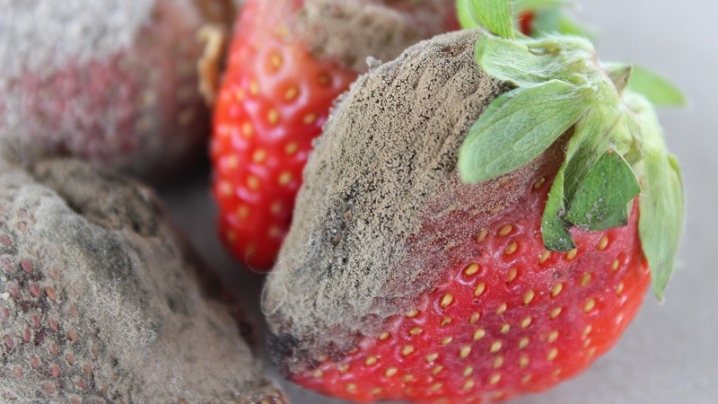
Chlorosis
If strawberries grow on soil poor in nutrients, chlorosis begins to develop. In the absence of the proper amount of iron, the foliage begins to turn yellow or acquire a whitish tint, while the veins remain green. If the culture lacks magnesium with nitrogen, the foliage turns yellow.
An effective method of dealing with the problem is the use of ferrous sulfate, for which 5 g of the substance is diluted in 10 liters of water. In addition, combined formulations containing magnesium can replenish the lack of substances. An alternative method of combating chlorosis is the use of ammonia: 40 ml of liquid is diluted in 20 liters of water, and the garden is treated with the resulting composition.
The use of urea to combat the problem has shown quite good effectiveness. For spraying use 1 tbsp. l. substances, diluting it in 10 liters of water.

Verticellosis wilt
When strawberries are affected by verticillary wilting, the foliage acquires a red-yellow tint, the growth of the culture slows down, and the roots begin to die off, which leads to the complete wilting of the bush. The use of the drug "Gumat K" can serve as a preventive measure. If there is a disease in the garden, the plants are dug up and burned; this disease cannot be treated.
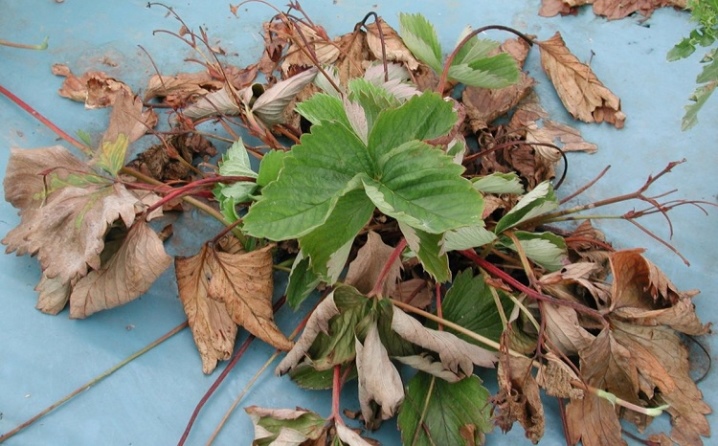
How to spray against pests?
In addition to diseases, pests can cause great damage to strawberry bushes.To protect the culture, you need to know which drugs, solutions and folk methods can be used in a particular case. Various pests can be found on the bushes.
- Whitefly Is a butterfly that settles in the lower part of the crop and feeds on plant sap. You can fight it with Aktellik, Confidor, Rovikurt and Pegasus. You can use these drugs no more than four times per season. The processing method is indicated on the packaging by the manufacturer.
- Weevil Is a beetle that damages inflorescences, settles in the buds and feeds on plant sap. You can fight the pest with the help of "Karbofos", spraying the bushes before flowering and after harvesting the entire crop. Alternative methods are also effective: a solution of mustard seeds, laundry soap, the use of hot water, irrigation with iodine. You can scare off beetles by planting onions and garlic in the aisles.
- Mite - a pest that inhibits the normal growth of culture. Spraying with a solution of onion peels helps to save the culture from strawberry mites. To quickly get rid of ticks, you need to process garden strawberries with this solution three times.
- Slugs - these mollusks feed on ripe strawberries, which they eat at night, during the day they hide in the ground. You can get rid of slugs with the help of superphosphate, scattering the drug around the plant's trunk.
- Aphid - these are insects that actively settle on the bushes on the back of the leaf. If you don't get rid of the aphids, the strawberries will wilt and stop growing. You can deal with the problem with ammonia, ash and soap solution, tincture of onion peel.
- Leaf roll - this pest eats the green parts of the culture, entangles the bushes with cobwebs. You can deal with the problem with potassium permanganate or onion peel solution.
The choice of the necessary drugs, their cultivation in the correct dosage and the timely introduction of strawberries to the garden will protect the bushes from diseases and pests, which will allow the plant to actively grow and bear fruit abundantly.
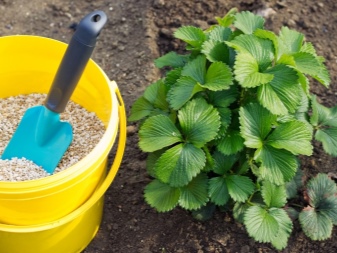
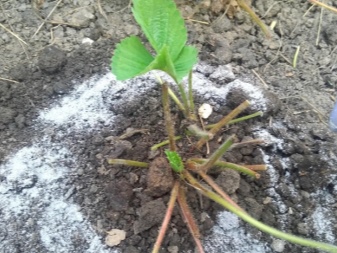













The comment was sent successfully.